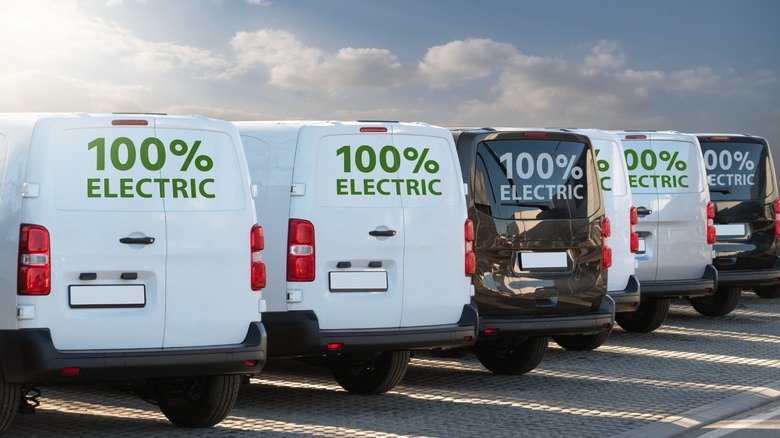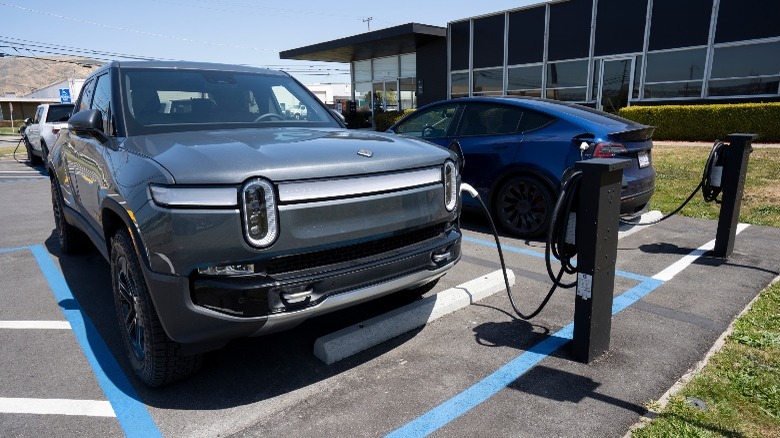This EPA Report Is A Reality-Check For Automakers' Greener Car Claims
Over the years, automotive manufacturers have been forced both by public and regulatory pressure to make their vehicles more efficient and less pollutant. Giants like Ford, General Motors, and Toyota have all made commitments and claims about producing vehicles that don't harm the environment or at least do less damage than before, and regulatory entities are making it their business to hold those manufacturers accountable.
In the U.S., the chore of making sure manufacturers are taking the environment into consideration during design and production falls on the Environmental Protection Agency (EPA). If manufacturers fail to meet goals set by the EPA or exceed certain emissions levels, the EPA is also responsible for taking punitive action. According to Reuters, there have already been a number of lawsuits due to automakers violating the Clean Air Act or failing to meet EPA standards. The EPA tracks and publishes much of the automotive data it collects from manufacturers through programs like the Greenhouse Gas Reporting Program, which it publishes in The Annual EPA Automotive Trends Report. For 2022, the report contains both good and bad news largely thanks to electrification and the popularity of trucks, respectively.
Electrification means good news while larger vehicles hurt emissions
The 2022 EPA Automotive Trends Report, which contains data about greenhouse gas emissions, fuel consumption, and automotive technology trends dating back to 1975 reports insights on how well auto manufacturers did regarding emissions in 2021.
According to the EPA report, the auto industry in general trended toward lower emissions, with 2021 being a record low for greenhouse gas emissions in 2021 model year vehicles. The same is true for fuel consumption, which remains at an all-time low of 25.4 miles per gallon on average. Preliminary data for 2022 suggests that an uptick in EV and hybrid production is set to raise the bar yet again. These improved emissions are despite an overall trend away from sedans and hatchbacks and towards SUVs and trucks, which are generally less efficient and occupy more physical space than a smaller vehicles. Since 2008, the average physical footprint of vehicles has increased by 5%, and this trend is projected to continue in 2022.
The general trends were positive, with most ICE manufacturers reporting reduced emissions and consumption. Automakers Kia, Toyota, and BMW reported the biggest reductions in carbon dioxide emissions since 2016. But there were several manufacturers that somehow managed to make their vehicles less efficient. Mazda, Volkswagen, and GM all increased emissions, while Stellantis, GM, and Ford featured the lowest fuel economy of the lot. Their popularity means that the eventual electrification of SUVs and trucks will have the biggest effects on emissions going forward.

